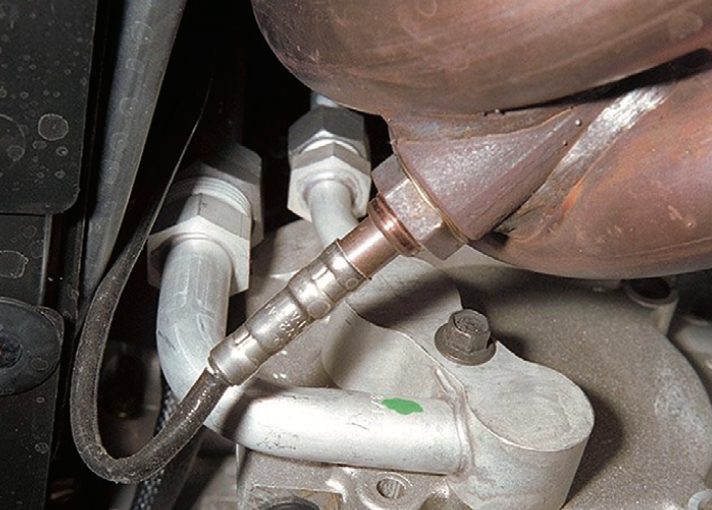Lambda sensors, also known as oxygen sensors, are a crucial component in modern vehicle exhaust systems. They play a critical role in ensuring that your car’s engine runs efficiently, while also reducing harmful emissions that can damage the environment.
In this blog post, we’ll take a closer look at what lambda sensors are, how they work, and why they’re so important.
What is a Lambda Sensor?
A lambda sensor is a small electronic component that is located in the exhaust system of a car or other vehicle. Its primary function is to measure the amount of oxygen that is present in the exhaust gases that are produced by the engine.
The sensor is typically made up of a ceramic housing that contains a small amount of a special metal, such as zirconium or titanium. The metal is coated with a layer of porous platinum, which acts as a catalyst for the chemical reaction that occurs when the sensor is exposed to oxygen.
How does a Lambda Sensor work?

Lambda sensors work by measuring the difference in oxygen concentration between the exhaust gases and the outside air. The sensor sends a small electrical signal to the car’s engine control unit (ECU), which uses this information to adjust the fuel-to-air ratio in the engine.





